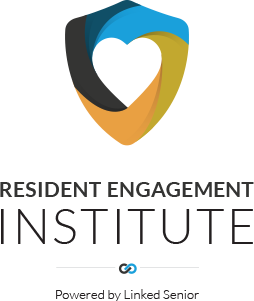Meaningful engagement can be challenging because of the diversity of the resident’s needs, interests and their physical or cognitive abilities. To make things more complicated, the department is often understaffed. According to one study, without an adequate staff to resident ratio, quality of life can suffer. Unfortunately, even in our increasingly technology driven world, much of the important assessment, planning, implementation and evaluation that an Activity Director does is still paper-based.
But what if this wasn’t the case? Let us imagine for a moment a world in which technology is used as a tool to support the Activities Department by creating efficiencies and cost-savings that allow care communities to address the unique needs of each of their residents while also combating staff turnover and burnout.
When technology is used in the Activity Department then:
- We have the the ability to capture data on each resident in real time and effortlessly analyze it by their individual characteristics, interests and demographics. We can then share this analysis and specific data points with their staff so that they can understand the preferences and abilities of each resident and track changes in that data each day.
- The Activity Director can use a supportive technology platform to increase their planning efficiencies. A life story tool along with the Global Deterioration Scale (GDS) could be a component of the technology and allow professionals to make suggestions for care planning based on resident’s scores and life history.
- A streamlined assessment and planning process means all staff members can create and implement evidence-based interventions for each resident, offering them when needed and making adjustments based on changing needs and interests that would be tracked digitally.
- All of the interventions used could be tracked by the minute, giving staff the opportunity to adjust activities that aren’t working to their maximum potential and finding activities that are the best for each resident, increasing interventions that have been the most successful over time. This type of information would help management improve their accuracy in planning and implementation of interventions thereby increasing quality of life for residents, staff and families.
This type of technology platform is not in fact some far off innovation not yet realized. The Linked Senior platform offers a leading life enrichment tool that provides an engaging, high-touch, person-centered experience for staff and residents. Using our technology, care providers have found that they can triple the amount of activities available for residents and drastically reduce the amount of paper-based documentation needed.

